Samothrace – The Villages of Profitis Ilias and Lakoma
This is my last day on Samothrace. Six days have just whizzed by and I still feel as though there is so much more to discover about this island. Sometimes this is the case. You have to accept it and make a plan to come back.
The bus timetable shows that on alternate weekdays, a bus goes up to the villages of Profitis Ilias and Lakoma, the former being the highest village on the island. This is my plan for today. However, first things first – bougatsa from the bakery in Kamariotissa. I love the traditional bakeries of Greece. The whole experience is heart-warming. Upon entering the shop, a warm blast of air filled with the heavy aroma of sweet yeast hit me. The small selection of bread and koulouri stacked up in baskets on the wooden shelves provides everything this small community needs. By the way, I learned quite early on that I had to reserve my bougatsa the day before as they sell out almost immediately!
Just a couple of people catch the bus. It calls into Lakoma first and then continues up the mountain to Profitis Ilias. I’d read that the village has a taverna (or several) renowned for selling the best goat dish on the island. The diverse mix of vegetation that is grazed on, combined with the salt from the sea, makes this local goat taste so special. As hungry as I am, it’s a little too early for goat!
Just one narrow road runs through the village which is 300 metres above sea level. Less than 200 people live here in stone houses dotted on the steep hillside. The Church of Profitis Ilias located at the end of a steep walkway offers the most exceptional views over the bay. (sorry I’ve overused the word steep – but everything here is indeed very steep!). Almost every house that I pass has an outdoor oven. I would imagine that during winter, it pays to be as self-sufficient as possible.
I soon realised that I’m going to struggle to fill my time here. There are several hours before the bus returns to Kamariotissa. The village of Lakoma looks in easy walking distance so I trace the road back out of Profitis Ilias onto the road that snakes down the hillside.
It’s another exhilarating walk with a nice cool breeze blowing across the mountain. Although a little cloudy, enough sun filters through to provide a perfect temperature for walking. Speaking of clouds, that halo of mist that seems to be permanently encircling Mount Saos is following me. I kid you not. Since leaving Profitis Ilias it has slowly crept up behind me. The olive grove that I’d passed earlier has now disappeared under a cloak or murk. Each time I reach a bend in the road and look over my shoulder the mist has crept just a little bit closer. It’s like an ethereal game of What Time is it Mr Wolf – but I’m not the wolf!
It doesn’t take long to walk to Lakoma. To the side of a bus stop is another steep track that takes me up to the top of the village. As the road begins to drop down again, I see the first signs of life. Coming towards me is a man riding a pack horse (that’s how steep the village is) who dismounts and tethers the horse to a gate. The bales of hay piled up in his yard suggest that he has been to feed his livestock.
Within minutes I reach the centre of the attractive village dominated by a large white church. The traditional houses are made of stone and are topped with terracotta pantiles, several of which have smoke curling up through their chimney pots. There is a small taverna to the left with several men drinking and chatting which seems to stop midflow as I approach. Just beyond the taverna is a school with a brightly painted mural on its facade. It is a nice little village to get lost in.
By now I’m conscious of the time as I don’t want to miss the last bus. However, I’ve become a little disorientated regarding the direction of the bus stop. As I reach for my phone to see if Google Maps can help, a lady in the schoolyard asks me if she can help. What a lifesaver. She points me toward the bus stop, which is on the same level. An exhausting climb up the hill isn’t required.
Half an hour later the lady from the school passes by on her way home. She stops for a chat and then goes on her way, following a track up the hillside and into the distance. Soon after a young lady joins me at the bus stop, she is a teacher at the school. We have an interesting talk about the island. She is quite new here and is from a town north of Alexandroupolis. She tells me that there are incentives for public sector workers who come to work on the more remote islands. This is usually in the form of a grade enhancement. ‘T’ tells me that she has a young son back in her hometown but she returns home every weekend due to the good ferry connections. This is admirable and I’m sure that there are challenges both practical and emotional with this lifestyle. T tells me she is a dancer and part of a traditional dance troop at home. She is hoping to find something similar on Samothrace especially to stop her from becoming isolated in winter. I would imagine that finding things to occupy your evenings is of paramount importance as well as making connections with others.
We both agree that Kamariotissa has its limitations in terms of places to explore. I tell T about the lagoon but it’s probably a place to walk with someone else. It needs at least one person to fend off the dogs!
The bus arrives on time and we return to Kamrariotissa.
Later that evening I go to Sta Kala Kathomena for my last evening meal on Samothrace. I thank the ladies for making me feel so welcome at their little taverna. If you stay in Kamariotissa, you can’t go wrong by making this your only place to eat, as I did.
Tomorrow I head back to Alexandroupolis for 3 days – though, I suspect I will be back here one day.

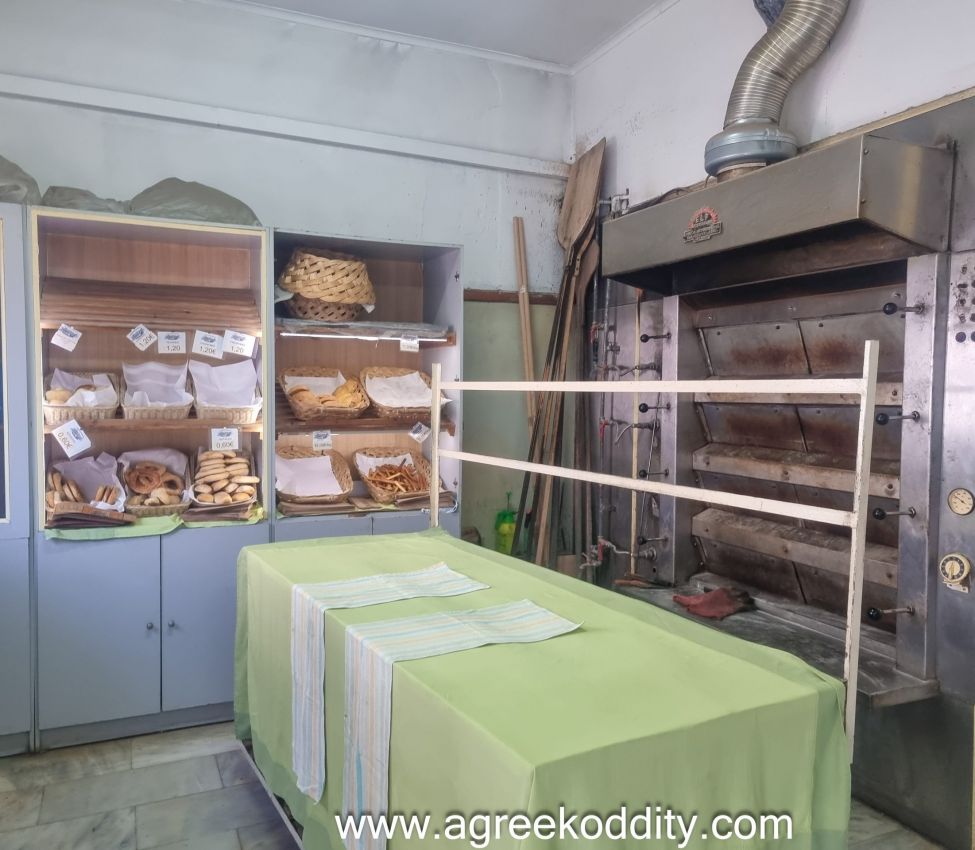
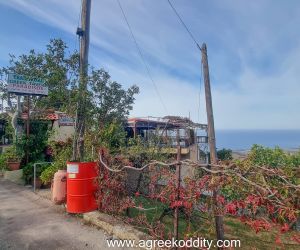
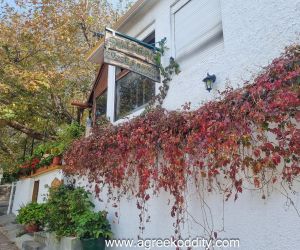
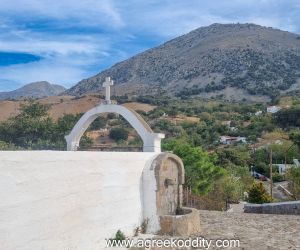
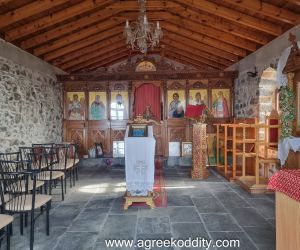
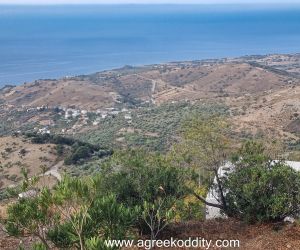
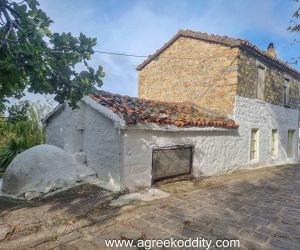
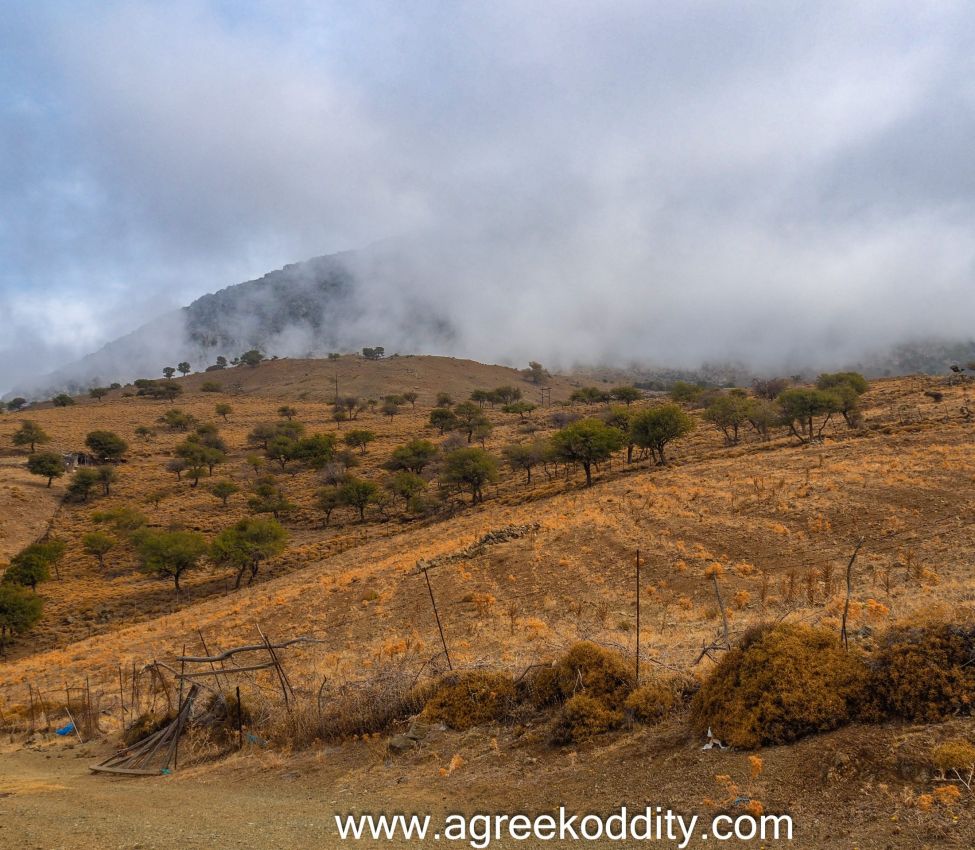

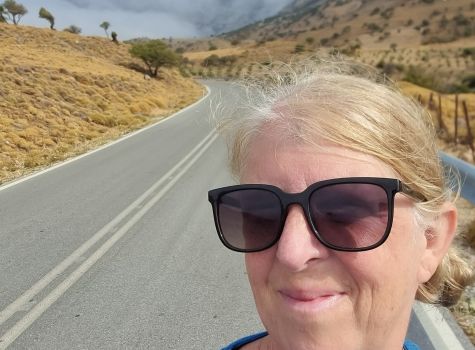
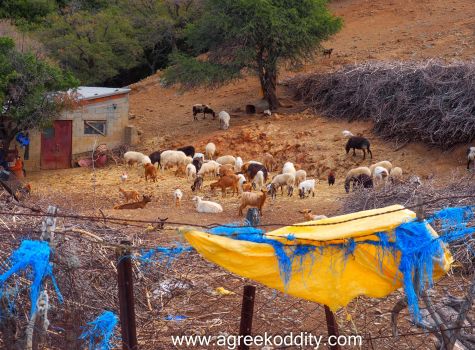
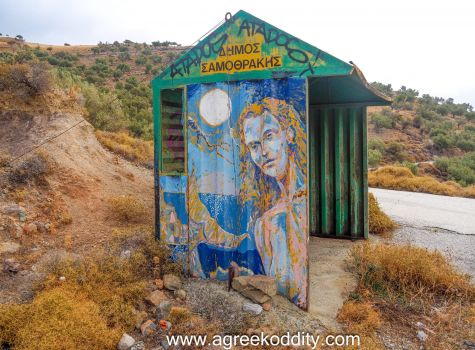
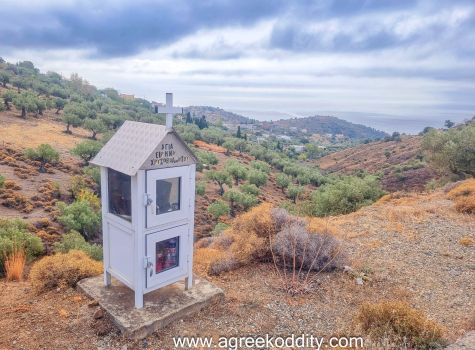
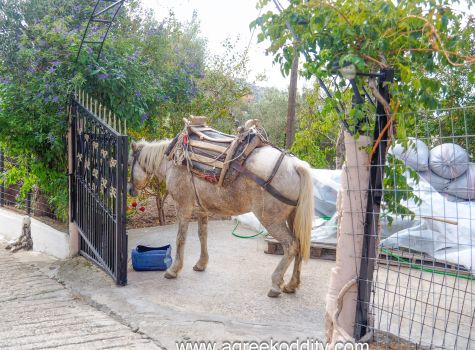
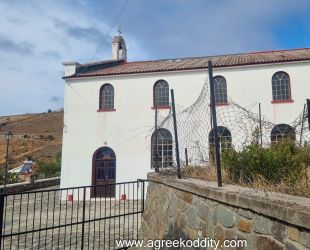
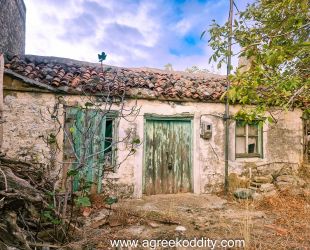

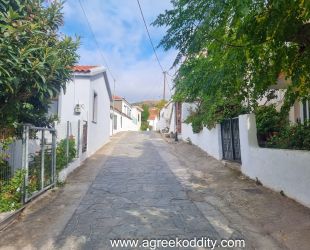
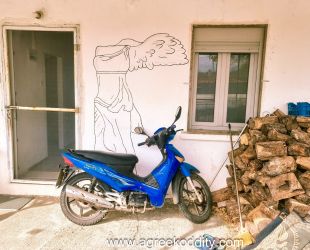

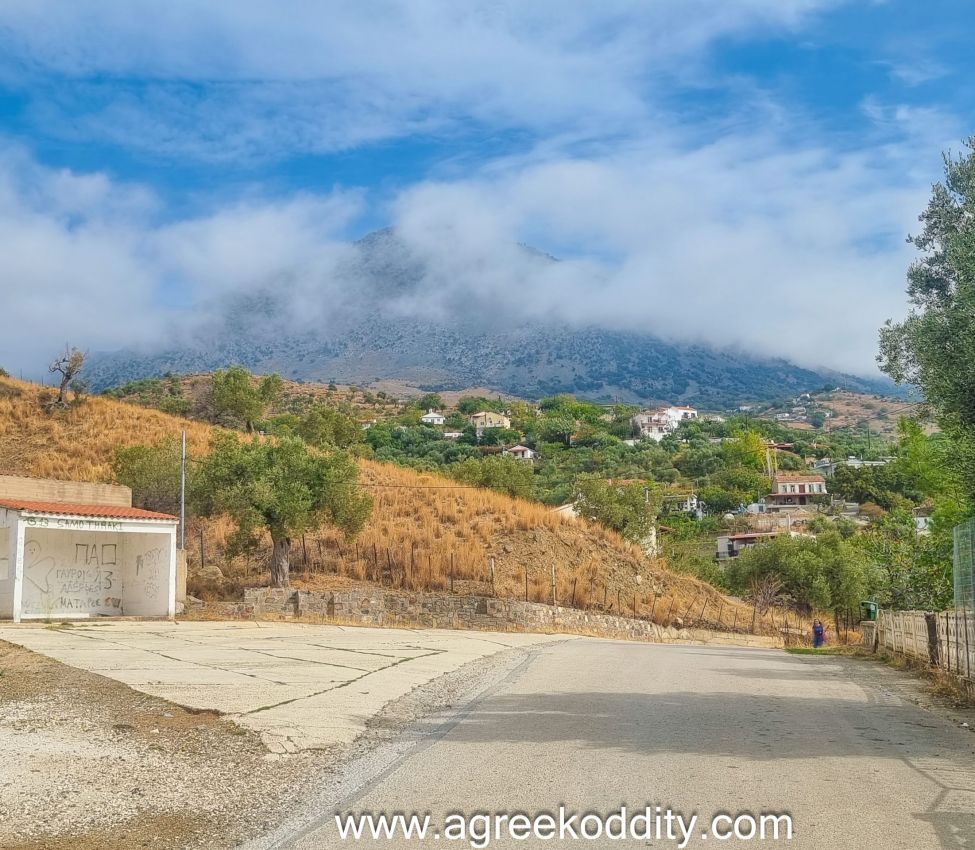






I’d love to live and work on a remote Greek island – if only us Brits could easily do this !
I know Liz. Don’t get me started on Brexit and all the damage it has done to our country. 😢